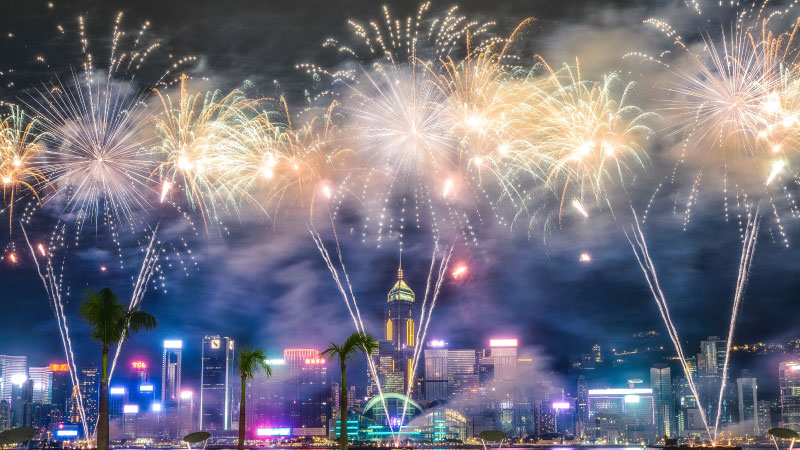Wearing masks during cultural and traditional festivals is a practice deeply rooted in the history and traditions of many societies around the world. These masks often carry significant cultural, spiritual, and social meanings, playing crucial roles in rituals, ceremonies, and celebrations. Here are a few notable examples:

Venetian Carnival (Italy)
The Venetian Carnival is renowned for its elaborate masks, which date back to the 13th century. These masks allowed people to hide their identities and social statuses, creating an atmosphere of mystery and intrigue. Traditional Venetian masks come in various styles, such as the Bauta, Moretta, and Volto, each with its own distinct design and historical significance.
Carnival of Binche (Belgium)
Recognized by UNESCO as a Masterpiece of the Oral and Intangible Heritage of Humanity, the Carnival of Binche features the Gilles, male participants who wear wax masks and elaborate costumes. The Gilles play a central role in the festivities, throwing oranges to the crowd as a symbol of good luck and fertility.
Day of the Dead (Mexico)
In Mexico, the Day of the Dead (Día de los Muertos) is a celebration honoring deceased loved ones. Participants wear masks known as “calacas” or “sugar skulls,” often intricately decorated with colorful designs. These masks represent the departed spirits and serve to both honor and celebrate their lives.
Chinese New Year (China)
During Chinese New Year, the Dragon and Lion dances are integral parts of the festivities. Performers wear elaborate dragon or lion masks and costumes, symbolizing strength, prosperity, and good fortune. These dances are believed to drive away evil spirits and bring luck to the community.
Barong Dance (Bali, Indonesia)
The Barong dance in Bali features performers wearing masks representing Barong, a mythological creature symbolizing good, and Rangda, the demon queen symbolizing evil. This dance narrates the eternal battle between good and evil, with the Barong mask playing a central role in the spiritual and cultural storytelling.

African Tribal Festivals (Various Countries)
In many African cultures, masks are an essential part of tribal ceremonies and festivals. They often represent spirits, ancestors, and deities. For example, the Dogon people of Mali use masks in their Dama ceremony to honor deceased ancestors and ensure their safe passage to the afterlife. These masks are crafted with intricate designs and are believed to possess spiritual powers.
Hahoe Pyolshin-Gut Talnori (South Korea)
This traditional Korean mask dance-drama involves performers wearing masks that represent various characters, such as aristocrats, commoners, and mythical beings. The masks help convey social commentary and satire, often critiquing societal norms and hierarchies.

Tengu and Oni Festivals (Japan)
In Japan, masks of Tengu (mythical bird-like creatures) and Oni (demons) are worn during festivals such as Setsubun, where participants throw beans to ward off evil spirits. These masks are believed to protect against misfortune and ensure a prosperous year ahead.
La Fiesta de la Mama Negra (Ecuador)
This festival in Latacunga features participants wearing colorful masks and costumes, blending indigenous, African, and Spanish traditions. The masks worn during this celebration symbolize various historical and cultural figures, and the event honors the Virgin of Mercy and the city’s diverse cultural heritage.
In these and many other cultural and traditional festivals, masks serve as powerful symbols of identity, spirituality, and community. They enhance the festive atmosphere, connect participants to their cultural heritage, and provide a means of storytelling and expression that transcends words.



